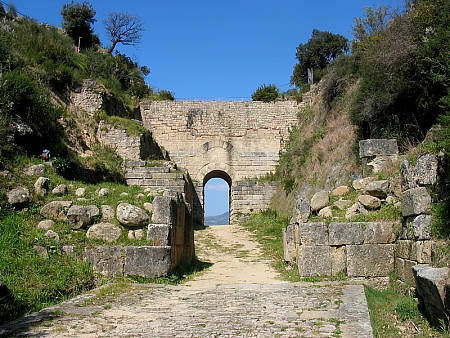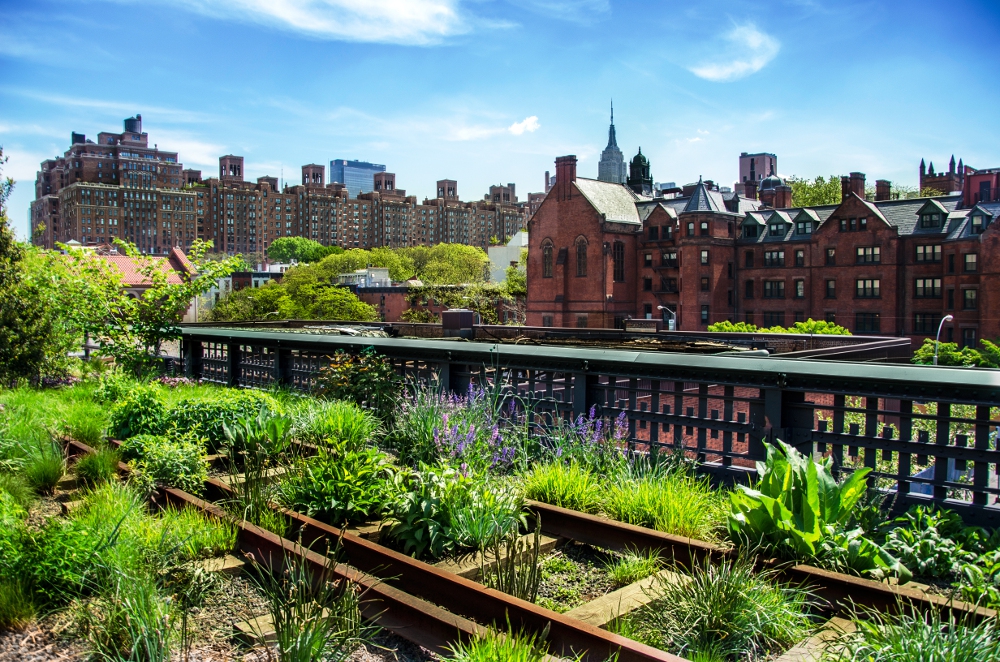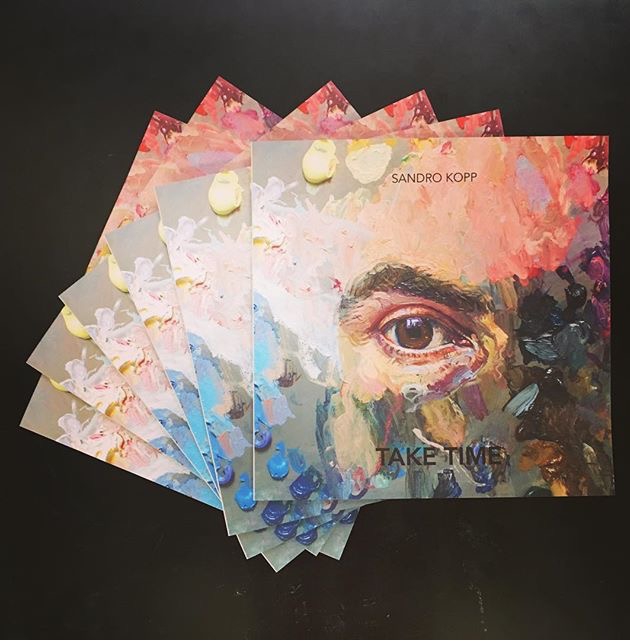SELF MOMENTS
SELF MOMENTS
#13 Porta Rosa in Velia, in the heart of the Mediterranean

Velia: a glorious place for real fans (as it is outside the usual tourist routes), which still retains a true jewel, witness of our great civilization.
In Velia, the ancient Elea, the heart of Magna Grecia, the traveler falls silent in front of Porta Rosa, a unique example of Greek arch dating back to 4th century, a unique treasure of that period’s architecture, the first rounded arch in our history . The charm of the excavations is amplified by the site location, that overlooks the sea of Cilento.
History and philosophy lovers strolling in the streets of Velia get a thrill of pure emotion, as retracing the steps of the fathers of the Eleatic school philosophy means to be reborn with them. It is hardly surprising that the onset of the logos took place right here, blessed by the sun and the sea.
The supreme harmony of the elements is so vivid in this place, that no imagination effort is necessary. Breathe in the salt, the arbutus and the happiness arising from the pride our origins.
Porta Rosa - Velia, Salerno, Italy
SELF MOMENTS
#12 Torre Guaceto Natural Reserve

The Mediterranean area is a priceless gem, because it combines history, nature and dream like no other place in the world. So we celebrate its value and richness, through another magical place: Torre Guaceto’s Natural Reserve, in Salento (Apulia).
The area is one of major interest to the WWF since the 70s, and it has been recognised as a marine reserve since 1991 and in 2000 it obtained the status of Natural Reserve.
The territory is characterised by a great variety: the traditional agricultural system of the inner part is opposed by a vast natural area of Mediterranean scrub, which gives way to towering sand dunes by the sea. Just over the 8-km – long coast, there are some small wetlands, which are particularly interesting in terms of wildlife and floral habitats, as they are extremely vital and rich in biodiversity.
Silent guardian of such beauty, the massive Tower offers visitors a cool shelter and the chance to join the guided tour. The Marine Park features also a sailing centre and the new sea turtle recovery centre, which opened last year.
Torre Guaceto Natural Reserve, Brindisi, Italy
SELF MOMENTS
#11 Maremma Natural Park

The natural park of Maremma is a precious gem in the beauty of the Italian landscape: a set of ecosystems where wild environments combine with anthropogenic landscapes, inhabited by men since ancient times. Archaeologists in fact confirm that this area was inhabited since prehistoric times, probably because of the abundance of metals in the soil. Even today this area is kept in balance retaining its wonderful biodiversity. Here forests alternate with sandy beaches, fossil dunes and Mediterranean maquis; the oaks accompany the mastic tree, heather and hawthorn. Towards the Monti dell'Uccellina bay leaf, black hornbeam and maple trefoil can be found. In this wonderful park rare plants grow, such as the dwarf palm, and an amazing variety of wild orchids bloom. The pine forests extend close to the mouth of the Ombrone river and reach the sea, where junipers, lilies and chamomile sea fetch us right to the beach. In addition to such floral richness there is also an important fauna presence: wild boars, deers, roe deers and foxes, but also more than 270 species of birds inhabit the park and nest there. We wish you to spend a few days in this magical and precious place to experience the rebirth thanks to the natural beauty of living in harmony with the environment.
Maremma National Park
via del Bersagliere 7/9 - Alberese (GR)
Tel. +39 0564 393238 / +39 0564 407098 - e-mail: centrovisite@parco-maremma.it
Open daily from 8.30 AM to 6.00 PM.
SELF MOMENTS
#10 Strolling on the High Line in New York

It is definitely wonderful to share the Rebirth in a place, especially if that place matches a disused infrastructure in a big city.
The High Line is a linear park in New York City, built in a section of the former West Side Line elevated railroad, part of the New York Central Railroad. Thanks to an intelligent and accurate work of urban renewal, supported by the Friends of the High Line (an association founded in 1999 by far-sighted citizens of NY) now you can walk "suspended" between Manhattan and the West Village, enjoying the spectacular view of the city that this park offers from its raised position. The beauty of the High Line is also in the fact that large tracts of original tracks have been preserved and harmoniously integrated with the green and with biocompatible furnishings.
A bold project has become a fine example of agritecture, an American term indicating the union between agriculture and sustainable architecture, making this part of the Big Apple a greener, kinder and more livable city. Well done NYC and happy Rebirth!
High Line public park
New York City, NY-USA
SELF MOMENTS
#9 Each dusty rose brings a story in your garden

There is a flower, the rose, which more than any other inspired singers and lovers, since ancient times. We discovered a true Italian excellence, an open air temple dedicated to more than 800 varieties of roses: The Garden Museum of Dusty Rose, near Modena. Here research and beauty, science and poetry meet, spread over a 43-hectares area. Within the park there are the nursery and the museum, where really interesting labs and courses about cooking, art, literature or botanics are organised – and in all of them the absolute star is the rose. Expert consultants offer free advice on plant care, pruning, which type of rose to choose and what’s the most suitable type of soil, providing visitors their specific expertise. A true landscape, scientific, historic jewel, a source of knowledge and beauty. Indeed remember that:
"If Zeus would like to donate a kingdom to the flowers, rose would reign over all" (Sappho)
Garden Museum of the Dusty Rose
Montagnana di Serramazzoni (25 Km. from Modena) – Italia
Ph: (+39) 0536 939010
info@museoroseantiche.it
eventi@museoroseantiche.it
SELF MOMENTS
sandro kopp, "take time"

If you're in Paris or you have the chance to move there during the month of October, cross the lively Marais and get into the nice courtyard overlooking the Galerie Eric Dupont, a bright and cozy space housing Sandro Kopp’s latest exhibition. This German artist reflects on time through his paintings. The first set of this work, "The New Me", exhibited in Milan in December 2014 and supported by YouFirst, has seen a series of 28 self-portraits painted one per day for a month, in a time sequence that contemplates all differences and errors of each day. In the new series presented with "Take time" Kopp represents, through the portraits, his companions in life during his time in New Zealand. Take timeit seems to suggest the artist, in fact, and be transported by the faces and places painted with his personal touch. It will be a wonderful trip in your soul, a perfect experience of Rebirth.
Sandro Kopp, Take time
Galerie Eric Dupont
Paris
8th-29th October 2016
SELF MOMENTS
#8 Palazzo Fortuny

Venice is unique and visiting it is a gift for the soul, but it is also an increasingly crowded city and this can make it at times chaotic. Here is a suggestion to escape the crowd: the Fortuny Museum. A splendid palace that overlooks a small and quiet square, Campo San Beneto, few steps away from San Marco but incredibly peaceful. Built by Benedetto Pesaro in mid-fifteenth century, the building shows a traditional Venetian architecture and hosted many memorable celebrations by the Compagnia della Calza honoring princes, ambassadors and nobles. In 1898 it became Mariano Fortuny y Madrazo’s home. He was attracted by this architectural beauty and he began a precious work of recovery, enriching itwith a great library, paintings and fabrics. After the death of Fortuny in1949, the building was donated to the City of Venice in 1956, to use it as a cultural centre. It is a house-museum dedicated to visual arts since 1975. Until October 10th it is possible to visit the interesting exhibition on contemporary collecting “Quand fondra la neige où ira le blanc?”[When the snow melts, where does the white go?]. A reflection on identity, an invitation to carve out an intimate and silent moment, for a real Rebirth.
Palazzo Fortuny
Campo S. Beneto, 3780, Sestiere San Marco, Venezia
fortuny.visitmuve.it
SELF MOMENTS
#7 | Piet Oudolf’s private garden

If you are wandering through Europe and if you love enchanted gardens, stop in Hummelo, in Netherlands. Here lives and works one of the most important representatives of landscape design, Piet Oudolf, founder of the Movement of New Perennials, an award-winning artist because of its international projects (one of them is the green design of New York’s new highlines). This Dutch master is primarily a big nurseryman who has strived for more than thirty years for the enhancement of wild plants, selecting and classifying more new species. The deep knowledge of the life cycle and of the seasonal colors of the so-called “poor plants”, such as the grasses, led him to use them at best in its projects, creating wonderfully elegant and also very natural parks. Its green philosophy is inspired by the botanical universe as well as that of art, and it materialized in that rare and happy harmony of nature and culture that makes us proud to belong to mankind.
Piet Oudolf’s garden – Hummelo (NL)
Oudolf.com
SELF MOMENTS
#6 The ancient art of massage

Massages have been used since ancient times asa natural remedy for pain and fatigue, or as a relaxing technique. Since more than 2000 years before Christ, there are written examples of the use of massage, first in China, then India and Egypt, in which they were often carried out as divination rituals. In ancient Greece, massage becomes an habit for athletes and warriors, that strengthens them without losing the sensory/well-being aspect. This characteristic will grow in the next centuries until its maximum exploitation: the Baths in Rome. With the Romans, in fact, massages become common, a stage in the thermal routine, and are proposed as beauty treatments.As you can easily imagine, the Middle Ages were a dark period for this art:body manipulation in any form was considered sinful and therefore punishable. It was only in the Seventeenth century that the Swedish physician H. Ling defined the different existing types of massage and since the late Nineteenth century it is currently used as a medical treatment.
In addition to medical purposes, there is always the pleasure of a massage, an intimate and special moment to regain serenity and energy.
SELF MOMENTS
#5 the park of monsters in Bomarzo

There is a place, near Viterbo, where enchantment and magic capture the incredulous visitor, whether a child or an adult.
This monumental complex, called the Park of Monsters of Bomarzo or “Villa of Wonders” was devised by the architect Pirro Ligorio on commission of Prince Pier Francesco Orsini (1523-1585) after the death of his beloved wife Giulia Farnese, in 1560.
He wanted to create a unique place in the world, where imagination runs free, inspired by the classics but very modern also today, a place between mythology and fantasy. Gigantic animals, sirens,gods and heroes of Homer took shape from huge blocks of local stone and are setin a worthy naturalistic context.
The grotesque is expressed here at its most,every stop of the path- the main ones are 24 - gives beauty and wonder at thesame time, for an emotional experience that is worth a trip in any season of life.
The Park of Monsters is generally open all year round.
The Park of Monsters
Loc. Giardino
01020 Bomarzo (Viterbo)

